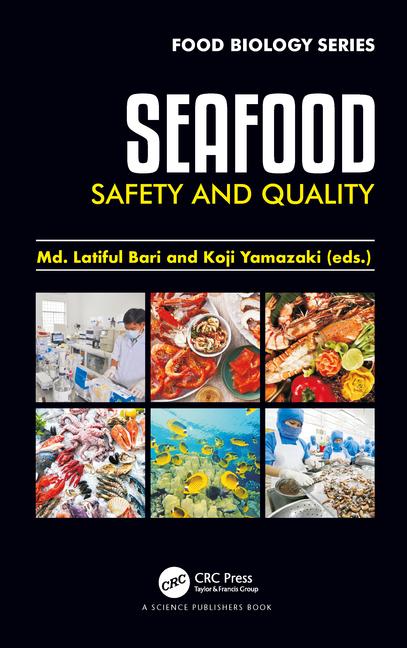E. Coli O157:h7 Vaccine: Another Tool for the Intervention Toolbox
By Dr. Lynn Delmore
Dr. Bob Delmore
California Polytechnic State University,
San Luis Obispo
Ask some of the industry participants at the recent 2008 Beef Safety Summit sponsored by the Beef Industry Food Safety Council (BIFSCO) about an E. coli O157:H7 vaccine and they are very interested. They view it not as a cure but as another tool to use in the ongoing battle with E. coli O157:H7. The fight with this stubborn pathogen is nothing new but the “up-tick” in E. coli positives and associated recalls has feeders and packers again looking at a variety of interventions.
Since E. coli first came on the radar screen, people have wanted an intervention further upstream in the production system. There are currently two companies actively pursuing vaccines; Epitopix LLC and Bioniche Life Sciences Inc. The preliminary data suggests both vaccines result in a reduction not only the number of cattle shedding the bacteria but also in the concentration of bacteria being shed. This should help to decrease food and water contamination and the resulting human illness and deaths.
In February, Bioniche received notice from the United States Department of Agriculture (USDA) that it’s E. coli O157:H7 cattle vaccine is eligible for a conditional license; meaning that their supporting data “meets the ‘expectation of efficacy’ standard.” The next step is for Bioniche to develop a plan “that would collect sufficient data to move the product to full licensure.” The Bioniche vaccine works by preventing the E. coli O157:H7 bacteria from attaching to the intestinal wall of vaccinated cattle, thereby reducing their reproduction within the animal. The ultimate effect is a reduction in the amount of bacteria that can be shed through cattle manure into the environment. Both Bioniche and Epitopix (marketed by AgriLabs), are hoping to have USDA conditional licenses by summer so that the vaccines may be further tested by the industry during the “hot” season for E. coli O157:H7.
Following conditional licensing, the real challenge may be turning the vaccine into a viable product for producers. While many at the BIFSCO meeting were saying how can we afford not to add this tool, others were saying how can we possibly afford to. When asked about the use of a vaccine for pathogenic E. coli one feedlot nutritionist answered it this way; “we know that Vitamin E improves color but when fed it costs $2.50/ head but the premium paid by the packer is only $1.00/head.” Is this a road block? No, but definitely an area that needs significant thought and cooperation between all segments of the beef industry. Ultimately, the benefit of a viable pre-harvest intervention, like a vaccine, will be by making beef safer thus increasing food safety, and improving consumer confidence in beef/meat industry.
The effects of a vaccine in combination with improved food safety measures at the packers and processors could significantly reduce the risk of contamination to the food supply. Dr. Guy Lonergan, an epidemiologist from West Texas A&M University, suggested at the Summit that a vaccine “may serve to reduce E. coli O157 burden to levels that can be effectively controlled by in-plant interventions.” Field data suggest that vaccines may achieve 65 percent reduction in fecal shedding. This will bring the prevalence level of the “hot” season down equal to or lower than the prevalence in the winter months based on a simulation model run by the University of Nebraska -- Lincoln. . While there is no silver bullet, this promising technology should be viewed as part of the multiple hurdle approach to food safety and pathogen control.




Report Abusive Comment